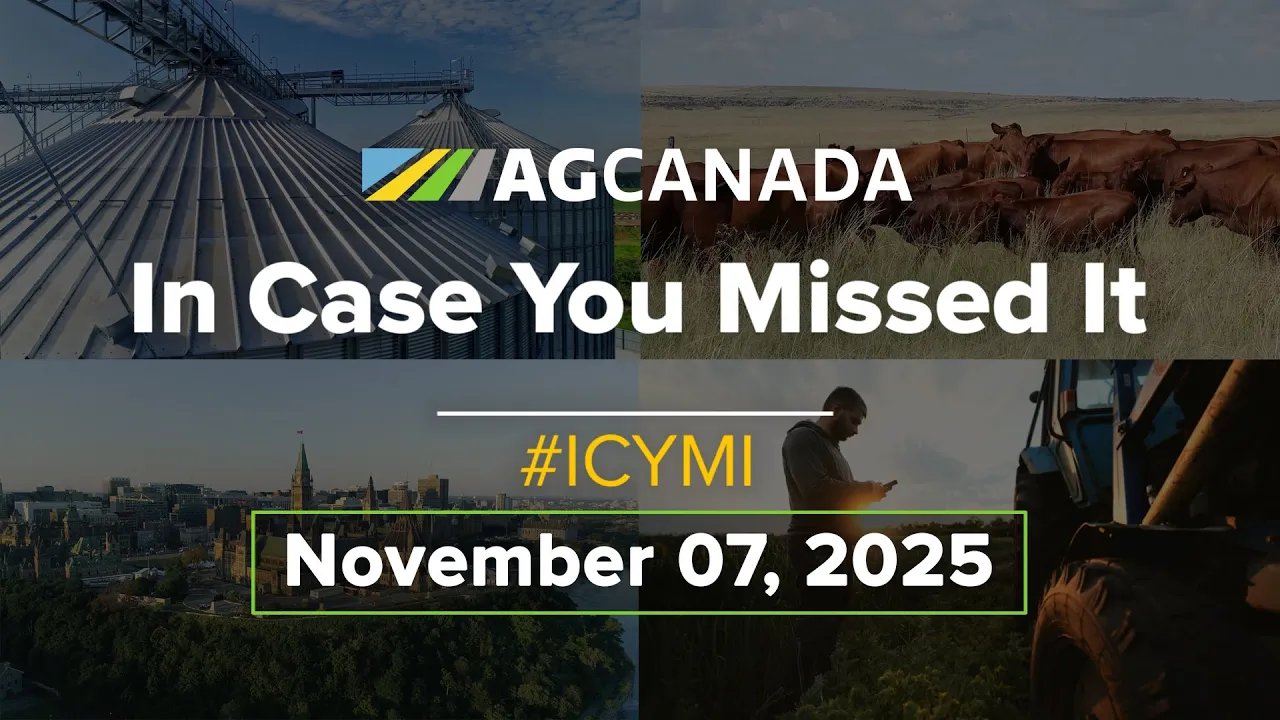STE. ROSE DU LAC, Man. – Denis Maguet is hoping a little time and money spent on plastic will allow him to throw his hoe away.
With the help of the local conservation office and the Prairie Farm Rehabilitation Administration, the Ste. Rose du Lac farmer is laying plastic over his field shelterbelt to keep the weeds from growing around the small green ash and chokecherry trees.
“I hope it saves in the weeding,” said Maguet during a media tour on his farm.
Two years ago the local PFRA borrowed the shelterbelt plastic applicator from its counterpart at Indian Head, Sask. Shortly afterward the Intermountain Conservation Group built its own prototype hoping to promote in-field shelterbelts in the area.
Read Also

AGCanadaTV: In case you missed it; your national ag news recap for Nov. 7, 2025
https://youtu.be/hDhaCHQRyso Carney government drops first federal budget The 2025 federal budget put a hefty focus on trade – particularly diversifying…
“The area is quite erodible. We’re always promoting shelterbelts,” said Jeff Thiele, a soil conservation specialist with PFRA in Dauphin.
Since making the machine, which is pulled behind a tractor, they’ve put plastic over about 16 kilometres of shelterbelts.
A row of plastic is laid on top of the trees and two coulters on either side push soil on top of the plastic to hold down the sides. A person laying on a table reaches down and cuts the plastic with a knife and pulls the trees up through the hole.
Thiele said as well as eliminating weeds, the black plastic keeps the moisture around the trees and acts as a wick, drawing in moisture from outside the plastic.
It costs about $434 a kilometre for the plastic, but Thiele said it saves in future labor costs.
“When you have over a mile and a half of trees, you’d need two or three guys to hoe four or five times in the summer to keep the weeds down,” said Thiele.














